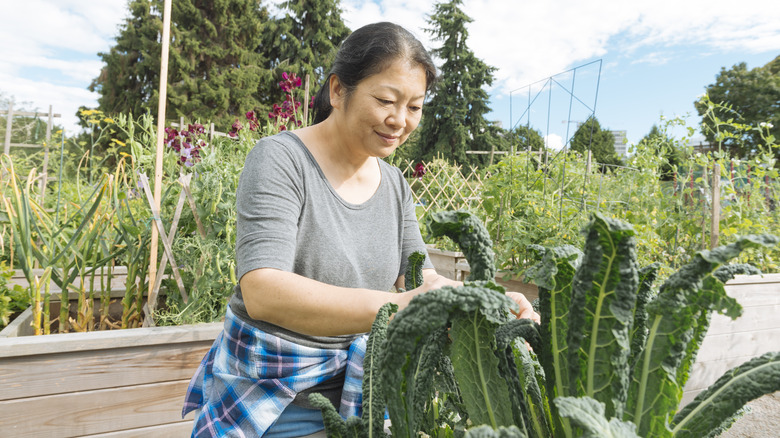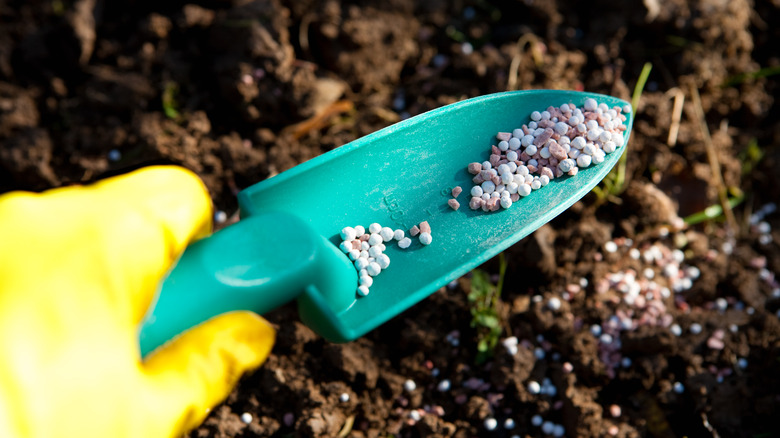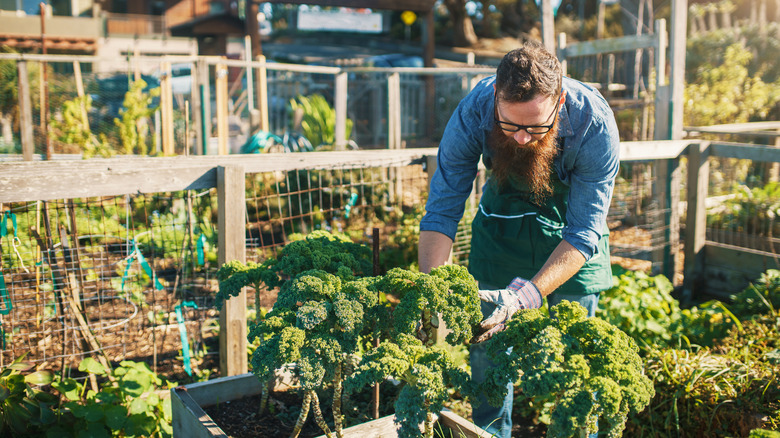Common Mistakes To Avoid When Growing Kale In Your Edible Garden
You're embarking on a kale-growing journey in your garden, a decision that promises both challenges and rewards. Kale, a member of the cabbage family, is a popular choice for gardeners due to its rich nutrient profile and versatility in the kitchen. However, like any gardening endeavor, growing kale comes with its own set of pitfalls. Some common mistakes often involve overlooking crucial aspects of cultivation, such as seed selection, soil preparation, and pest and disease management.
As you prepare to plant your kale, remember that this is a process of discovery and learning. Each step, from selecting the right seeds to nurturing your plants, is an opportunity to deepen your understanding of gardening. Your first step in the journey starts with selecting the right seed varieties that are well-suited to your climate, soil conditions, and culinary preferences. High-quality, disease-resistant seeds give your kale plants the best start. Look for seeds from reputable suppliers, and consider the specific characteristics of each kale variety. Some varieties may be more resistant to pests and diseases, while others might be better suited for colder or warmer climates. Your choice of seeds can greatly influence the colors, flavors, and textures you'll enjoy at your table. Once you've picked the right seeds, you'll need to prepare the soil and watch out for signs of pests and diseases.
Overlooking soil preparation
The second most crucial aspect of growing kale is soil preparation. Dealing with soil might not be the most glamorous part of gardening, but it's essential for a thriving kale crop. First, test your soil. Kale prefers a slightly acidic to neutral pH level that's between 6.0 and 7.5. If your soil is outside this range, consider adding lime to increase the pH or sulfur to decrease it. Next, focus on improving the fertility and structure of the soil. Kale grows best in fertile soil that's rich in organic matter. Add some compost (around one to two inches) to the soil. This not only boosts the nutrient levels but also improves soil texture, ensuring better root growth and water drainage.
Spacing is another key factor in soil preparation. When planting, give your kale enough room to grow. Adequate spacing allows for sufficient airflow, reducing the risk of fungal diseases and ensuring each plant gets enough nutrients and sunlight. You'll need to sow the seeds about one inch apart. As they grow, they'll require about one foot of spacing. Don't forget to consider the location of your kale garden as well. Kale loves sunlight, so choose a spot that gets plenty of it. If your garden has partial shade, that's okay too, but aim for at least four to six hours of sun daily. In summary, treat your soil like the precious resource it is. Test it, amend it, and respect the space your kale needs to grow.
Neglecting pest and disease management
Let's tackle another crucial aspect of kale gardening: managing pests and diseases. It's a step you can't afford to overlook if you want a thriving garden. Remember, choosing the right seeds, as we mentioned, is your first line of defense against diseases. Quality seeds are usually pathogen-tested, significantly lowering the risk of disease from the get-go. Now, onto the active management part. You need to stay vigilant about pests and diseases that love kale just as much as you do. Regularly inspect your plants, looking for early signs of trouble, like holes in leaves, discoloration, or stunted growth. Catching these issues early is half the battle.
Integrated pest management (IPM) is your best friend here. It's about using a mix of strategies to keep pests at bay. For instance, introduce natural predators like ladybugs to control aphids, and don't forget about crop rotation. Rotating your kale with non-brassica crops is essential, as it disrupts the life cycles of pests and soil-borne pathogens, keeping your soil healthier and your kale happier. Good garden hygiene plays a pivotal role, too. A tidy garden space is less inviting to unwanted visitors. In case things get rough and you face a severe pest or disease outbreak, don't panic. Organic pesticides or fungicides can help, but use them wisely and always follow the manufacturer's instructions. The goal is effective pest and disease control without harming the beneficial insects and plants in your garden.


